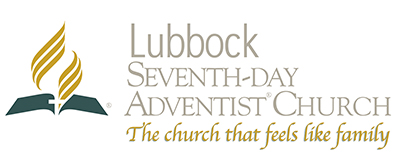The last two weeks LJA students have been learning about an ancient book, the Bible. They learned who wrote the books of the Bible and what it means to be inspired by God to write on animal skin, stone, or papyrus. They specifically studied the King James translation.
During the study, they learned how King James I of England wanted unity and stability in the church and state, but was well aware that the diversity of his constituents had to be considered. There were the Papists (as they were called then) who longed for the English church to return to the Roman fold. There were also the Puritans, loyal to the crown, but wanting even more distance from Rome. They insisted that England’s Reformation did not go far enough, because it still retained too many Catholic elements.
This has been a content heavy topic. Students were fascinated that King James was willing to tackle a translation of the Bible with scholars who didn’t always agree or like each other. However, King James ordered a new translation. It was to be accurate and true to the originals. He appointed fifty of the nation’s finest language scholars and approved rules for carefully checking the results. He also wanted a popular translation. He insisted that the translation use old familiar terms and names and be readable in the idiom of the day.
Students also took a look at the Wycliffe Bible Translation Institution at www.wycliffe.org. They learned that approximately 180 million people in the world need the Bible translated into their own language. Around 500 languages have the entire Bible. More than 1,800 languages are in need of the Bible. There are 1,300 languages that have written portions of the Bible.
This ancient book that we use daily at LJA is quite a privilege for us read. We are so blessed!
Susan Zimmermann

Recent Comments